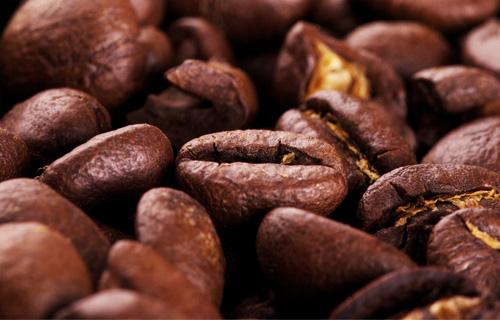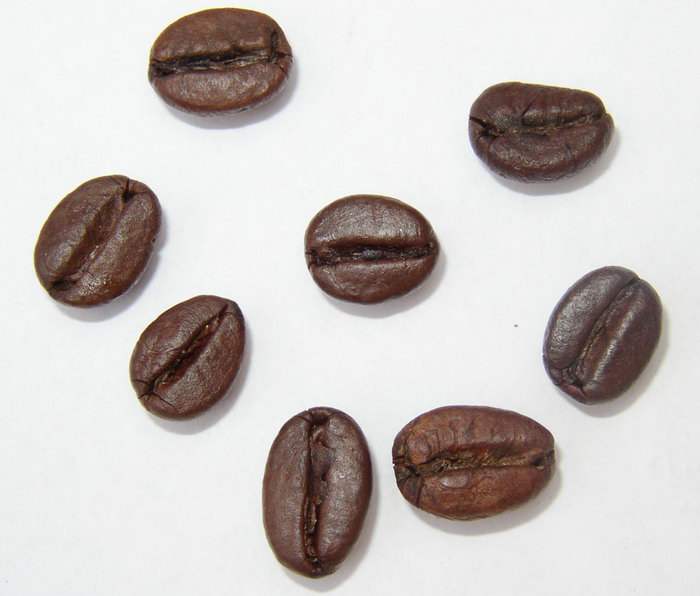Introduction to the History, Culture and Development of Coffee in Ethiopia
Pay attention to coffee reviews (Weixin Official Accounts vdailycom ) and find a beautiful cafe to open your own shop
Yegashefi refers to Yegashefi coffee produced in Ethiopia. Yega Shefi is the name of a local town. The altitude ranges from 1700 to 2100 meters. Yerga Shefi is now synonymous with Ethiopian specialty coffee.

History:
At first, the coffee trees in Yegashefi were planted by European monks, but later by farmers or cooperatives. Yegashefi is actually formed by surrounding coffee communities or cooperatives, which generally include: Hafusa, Hama, and Biloa.
These mountain villages are foggy, spring all year round, cool but not hot in summer, rain but not damp in winter, and they breed unique regional flavors of citrus and flowers. Coffee trees are grown mostly in farmers 'backyards or mixed with other crops on the farm.
Culture and characteristics: Ethiopia's Yirgacheffe coffee is petite, but gentle and delicate, sweet and pleasant. As the home of coffee, Ethiopia has thousands of years of cultivation and processing traditions
Creating a quality washed Arabica bean. Light baked with unique lemon, floral and honey sweet aromas, soft fruit acids and citrus notes, fresh and bright taste.
Development:
Ethiopian coffee, with its unique taste and texture, coupled with strong government promotion, is constantly going global.
Ethiopia is blessed with natural conditions for growing all conceivable varieties of coffee. Ethiopia's coffee beans are mainly grown as highland crops in areas with altitudes of 1100- 2300 meters above sea level, roughly distributed in southern Ethiopia. Deep, well drained soils, slightly acidic soils, lateritic soils, and soft, loamy soils are suitable for growing coffee beans because they are rich in nutrients and have an adequate supply of humus. Rainfall is evenly distributed during the seven-month rainy season; fruit grows from flowering to fruiting and crops grow 900-2700 mm per year during the plant growth cycle, while temperatures fluctuate between 15 ° C and 24 ° C throughout the growth cycle.
The owner has been producing all types of high quality coffee. The secret to producing good coffee is that coffee farmers have developed a coffee culture under suitable conditions through generations of repeated learning of the coffee growing process, which mainly consists of farming methods using natural fertilizers, picking the reddest and fully ripe fruits and processing them in clean conditions. Ethiopian coffee varies in quality, nature, and variety due to differences in elevation, region, location, and even land type. Ethiopian coffee beans are unique due to their natural characteristics, including "size of coffee beans,""shape,""acidity,""quality,""flavor" and "aroma." These characteristics give Ethiopian coffee its unique natural qualities, and Ethiopia usually acts as a "coffee supermarket" for customers to choose from.
Important Notice :
前街咖啡 FrontStreet Coffee has moved to new addredd:
FrontStreet Coffee Address: 315,Donghua East Road,GuangZhou
Tel:020 38364473
- Prev

Is it illegal to bring coffee beans home in Ethiopia?
Follow the caf é (Wechat official account vdailycom) found that the beautiful cafe opened a small shop with raw beans can not be brought, the Chinese customs will unconditionally confiscate, only roasted coffee beans can be carried in the right amount, more or less uncertain, there are no more than 40 packets of 500g, Ethiopia check lax, the key is that domestic customs sometimes more than 10 bags of you to pay duty, Hong Kong again loosely
- Next

Ethiopia is the origin of coffee
Following Ka Pin (Wechat official account vdailycom) found that the Beautiful Cafe opened a small shop of its own. In the ancient mountains of the Qima region of southwestern Ethiopia called kaffa, there was a wild shrub bearing small red fruits. A shepherd kept making noise when he found that his goats had eaten the bush fruit. So he took some off curiously and chewed it in his mouth.
Related
- Detailed explanation of Jadeite planting Land in Panamanian Jadeite Manor introduction to the grading system of Jadeite competitive bidding, Red bid, Green bid and Rose Summer
- Story of Coffee planting in Brenka region of Costa Rica Stonehenge Manor anaerobic heavy honey treatment of flavor mouth
- What's on the barrel of Blue Mountain Coffee beans?
- Can American coffee also pull flowers? How to use hot American style to pull out a good-looking pattern?
- Can you make a cold extract with coffee beans? What is the right proportion for cold-extracted coffee formula?
- Indonesian PWN Gold Mandrine Coffee Origin Features Flavor How to Chong? Mandolin coffee is American.
- A brief introduction to the flavor characteristics of Brazilian yellow bourbon coffee beans
- What is the effect of different water quality on the flavor of cold-extracted coffee? What kind of water is best for brewing coffee?
- Why do you think of Rose Summer whenever you mention Panamanian coffee?
- Introduction to the characteristics of authentic blue mountain coffee bean producing areas? What is the CIB Coffee Authority in Jamaica?

